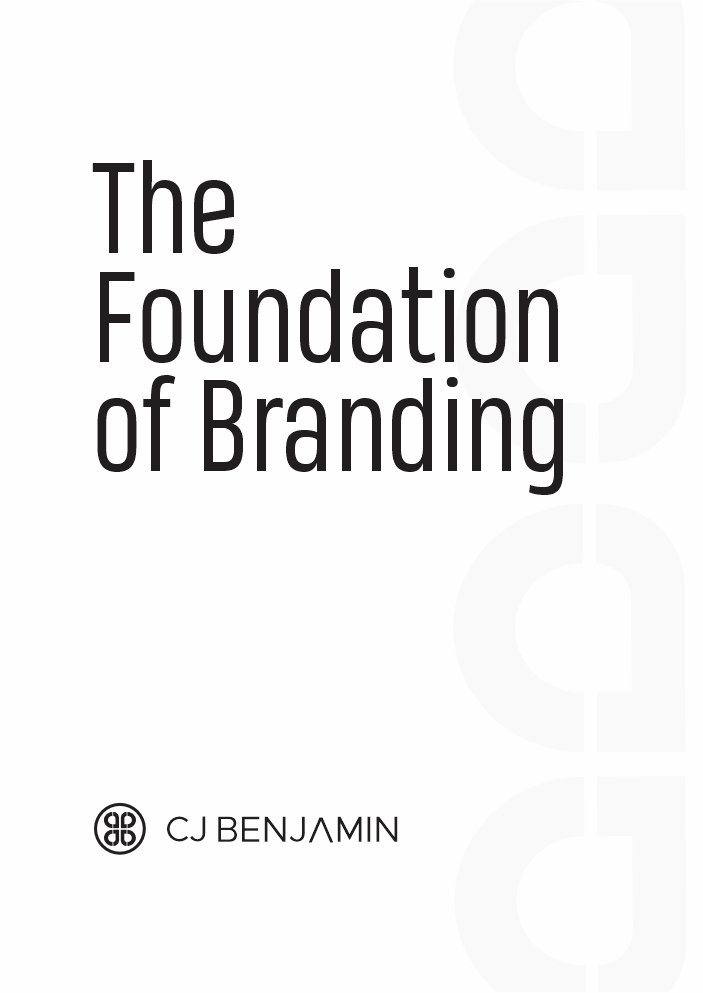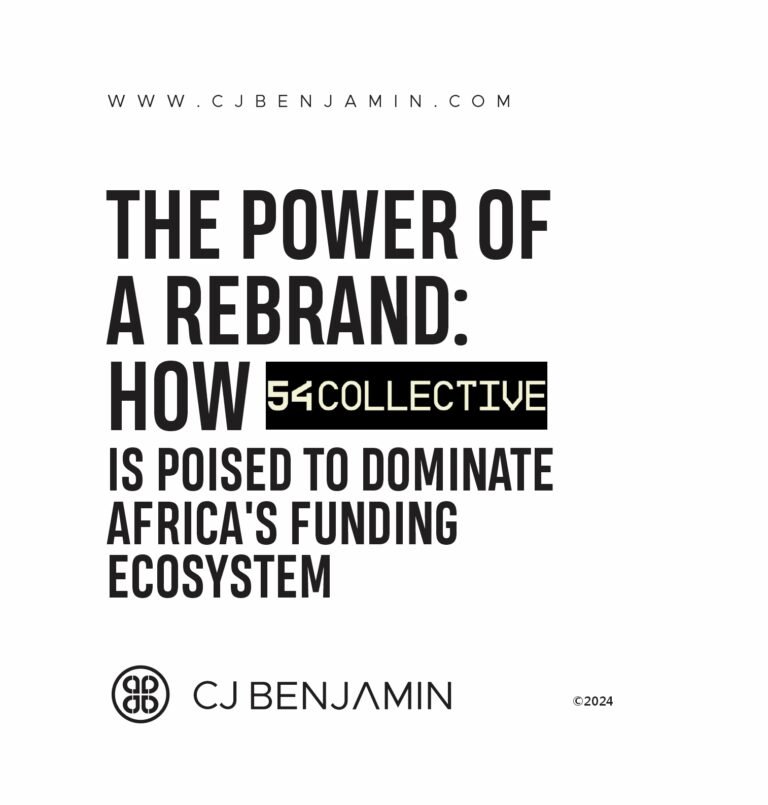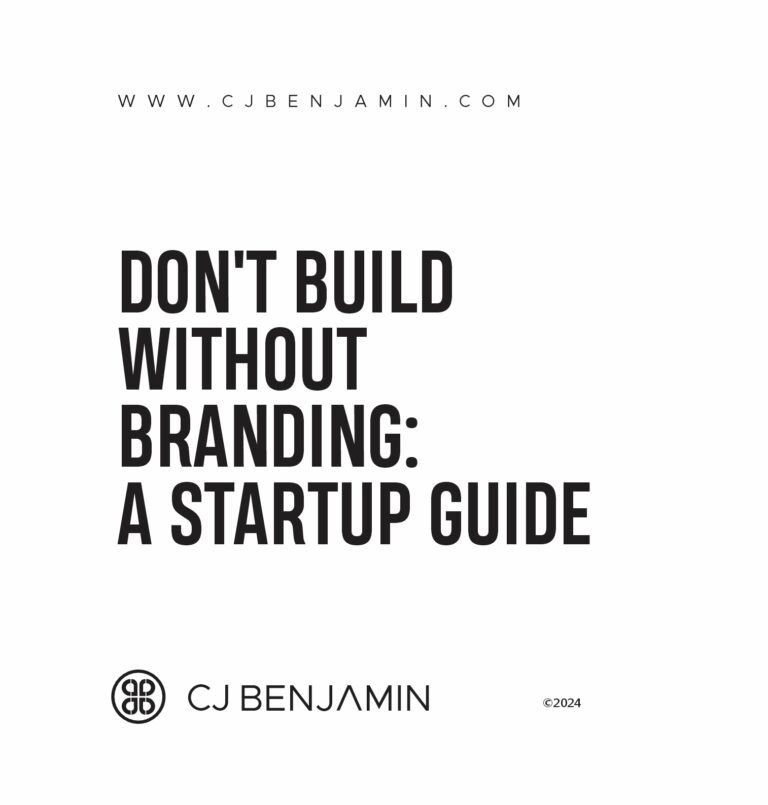Historical Context and Ideological Preview
Branding, in its most rudimentary form, has been around for thousands of years.
The practice can be traced back to ancient civilizations where artisans marked their products with distinctive symbols or signatures.
This was done not only for the sake of pride in craftsmanship but also to distinguish their goods from those of others, ensuring recognition and fostering loyalty among buyers. Class is a thing, it has always been there.
Archaeological findings suggest that branding in some form existed in ancient Egypt, Greece, and Rome. For instance, pottery and bricks often bore makers’ marks.
In medieval Europe, branding expanded to include trade guilds. These guilds used marks to guarantee quality and consistency, serving as an early form of trademark protection.
The concept of branding evolved significantly with the advent of mass production and the industrial revolution. As markets expanded and competition increased, the need to distinguish products became more pronounced. Competition births sophistication, creativity, and innovation. If you must be believed, you must look believable (sic)
Mass production led to the proliferation of goods, making it crucial for manufacturers to differentiate their products. This period saw the birth of many brands that are still recognized today.
The rise of advertising and mass media in the 20th century revolutionized branding. Companies started to develop more sophisticated brand identities, using logos, slogans, and consistent messaging to create a lasting impression on consumers.
Conceptual Framework of Branding/Idealistic Perspective
Visionary Approach: From an idealistic standpoint, branding should be deeply rooted in the company’s purpose and mission. It’s about more than just selling products; it’s about embodying a set of values and a vision for the future. It gives the brand as an independent entity meaning and a reason to live for.
- Emotional Connection:
Brands should strive to create an emotional connection with their audience, building relationships based on shared values and aspirations. - Authenticity:
An idealistic brand is authentic and transparent. It represents what the company genuinely stands for and avoids misleading or deceptive practices. - Trust Building:
Authenticity fosters trust, which is a cornerstone of strong brand loyalty.
Ideological Perspective
- Cultural Integration:
Ideologically, brands should aim to become an integral part of the cultur through culture shaping. They should create, shape, or resonate with cultural values, norms, and trends, influencing and being influenced by the societal context. - Symbolism:
Brands often carry symbolic meanings that go beyond their functional benefits, representing ideologies, lifestyles, and identities.
- Ethical Considerations:
Brands are increasingly seen as entities that should contribute positively to society. This involves ethical practices, sustainability, and social responsibility.
- Impact on Society: Ideologically driven brands consider their impact on society and the environment, aiming to be forces for good.
Modern Branding-Synthesis of Ideals and Practice(What you must do)
- Identity Formation/Brand DNA:
Define the core elements that make up the brand’s identity, including its mission, vision, values, and unique selling proposition (USP).
- Narrative Crafting:
Develop a compelling brand story that aligns with the brand’s ideals and resonates with the target audience.
- Consistent Imagery: Use logos, color schemes, and design elements consistently to create a recognizable visual identity.
- Voice and Tone:
Establish a consistent voice and tone that reflects the brand’s personality and values.
- Customer Journey:
Design the customer journey to ensure a seamless and positive experience at all touchpoints.
- Engagement Strategies:
Utilize digital and traditional channels to engage with the audience, fostering community and
- Listening to Customers: Implement mechanisms to gather and analyze customer feedback, ensuring the brand evolves in line with audience needs and expectations.
- Continuous Improvement:
Use insights gained from feedback to continuously refine and enhance the brand.
- Staying Relevant:
Adapt to changing market conditions, cultural shifts, and technological advancements to maintain relevance.
- Innovative Practices:
Embrace innovation in products, services, and branding practices to stay ahead of the competition.
I hope this helps?
Need help to BRAND THE NEXT BIG THING? Get in touch!



